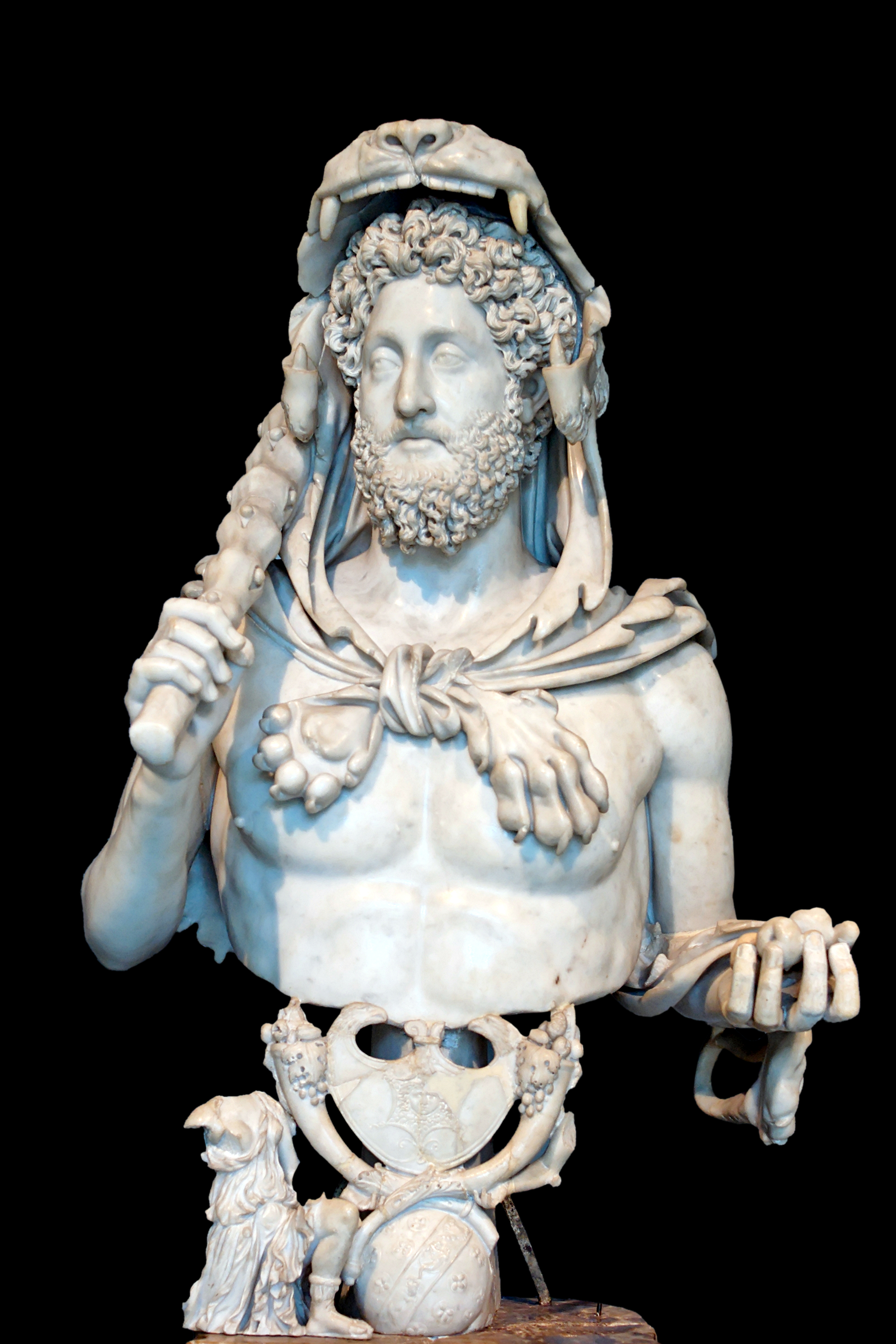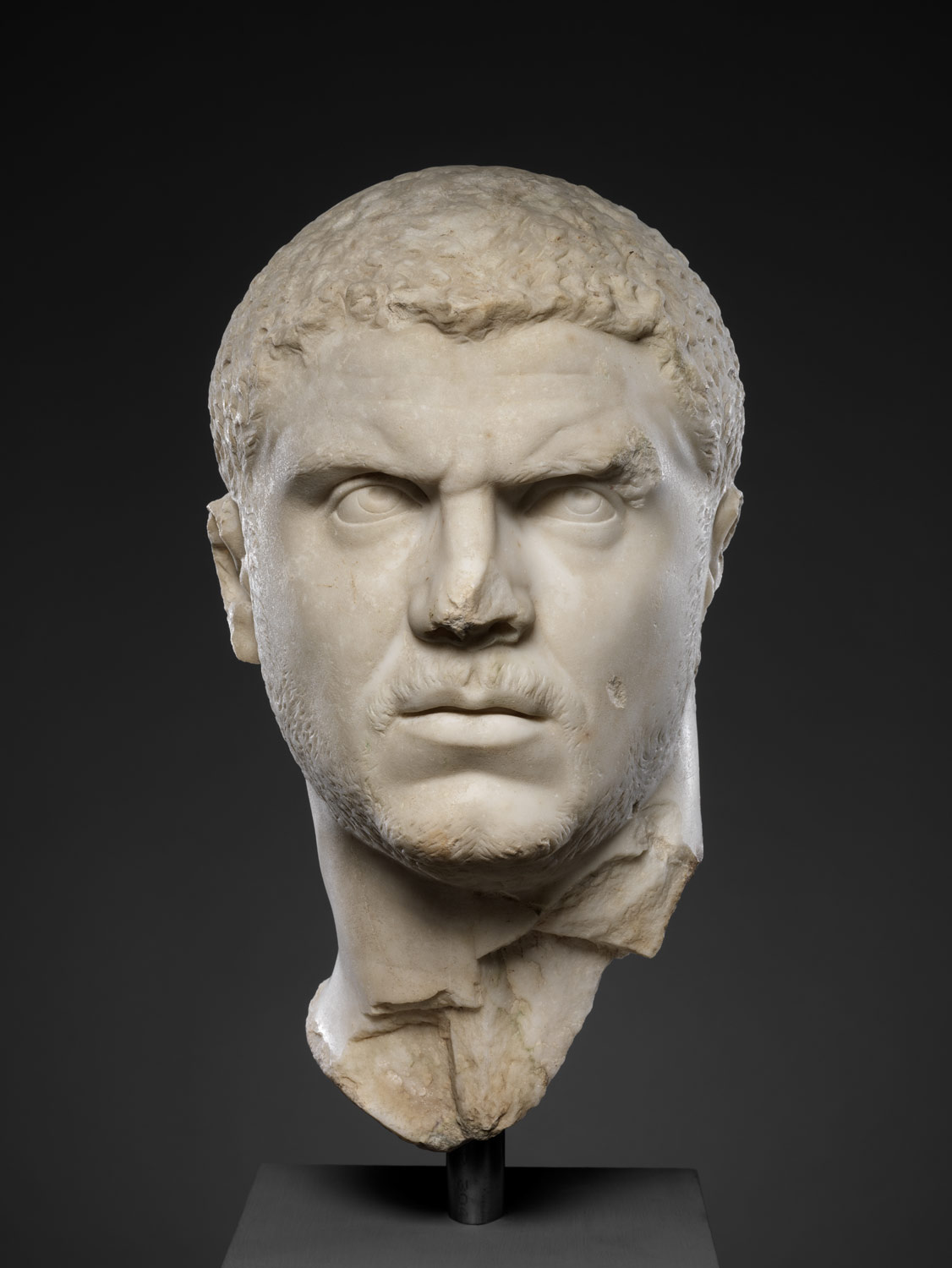Humanism in the Renaissance
3D view of the Sistine Chapel
The influence and impact of humanism on renaissance art can be seen in famous works from the entirety of Leonardo Da Vinci's works, to even more religious based and religious inspired works. For this journal entry I'd like to focus on some works by Michelangelo, because I feel as if his works (while some being religious in nature) are the best example of humanistic influence in the High Renaissance Period.
The most prevalent example of his humanistic works would be "David" (a lifelike sculpture of a human man). This sculpture is an accurate portrayal of a man as he is. There is no artistic reinterpretation, just the solid legitimate attempt to capture David as accurately as possible. Everything from the muscle structure to the genitalia, to the facial features, shows his focus on creating it as naturalistic and humanistic as possible. This is in comparison to the version of "David" done by Donatello in the early renaissance, where the artist took a lot more stylistic approaches when creating his version of "David". One major difference that can be seen in Michelangelo's version compared to Donatello's, is the amount of detail on the hair, thighs, legs, and feet.
Moving on, I'm going to be talking about how Michelangelo's work at the Sistine Chapel was influenced by humanism as well. The painting that I'm going to be focusing on is "The creation of Adam". I chose this painting because the most common interpretation is of God reaching out towards man. If a deeply religious painting such as this one is done in a humanistic style, that would attest to the influence that said style had on the High Renaissance Period.
The humanistic aspect of this painting can be easily deduced by the fact that neither of the men depicted in "The creation of Adam" are portrayed in a divine manner. Instead it can actually be argued that this is an old man trying to reach out to his younger self. They're both very human, and neither have the early renaissance characteristic of a golden halo surrounding their heads. It also confuses me as to why if this image was truly of "God" why then would he need to be carried by his angels? If this is truly a depiction of God reaching out to man, then why would he be reaching further and more fervently than the man reclining on the mountain? It would almost seem as if the old man is the spirit of the younger man (carried by all his successes and accomplishments) reaching out to his younger self. However knowing how much Michelangelo hated this project, and how focused he was in his endeavor to capture the essence of humanity, its more likely that this painting portrays an old man carried by his desires yearning to be alive once again. By doing so this would appear to be a painting reflecting the deepest desire of all humanity: Eternal Youth.
I believe that by looking more deeply into the works of artists in the High Renaissance Period you will find that even the most fervently religious ones had their works influenced by the humanistic movement.

.jpg)







